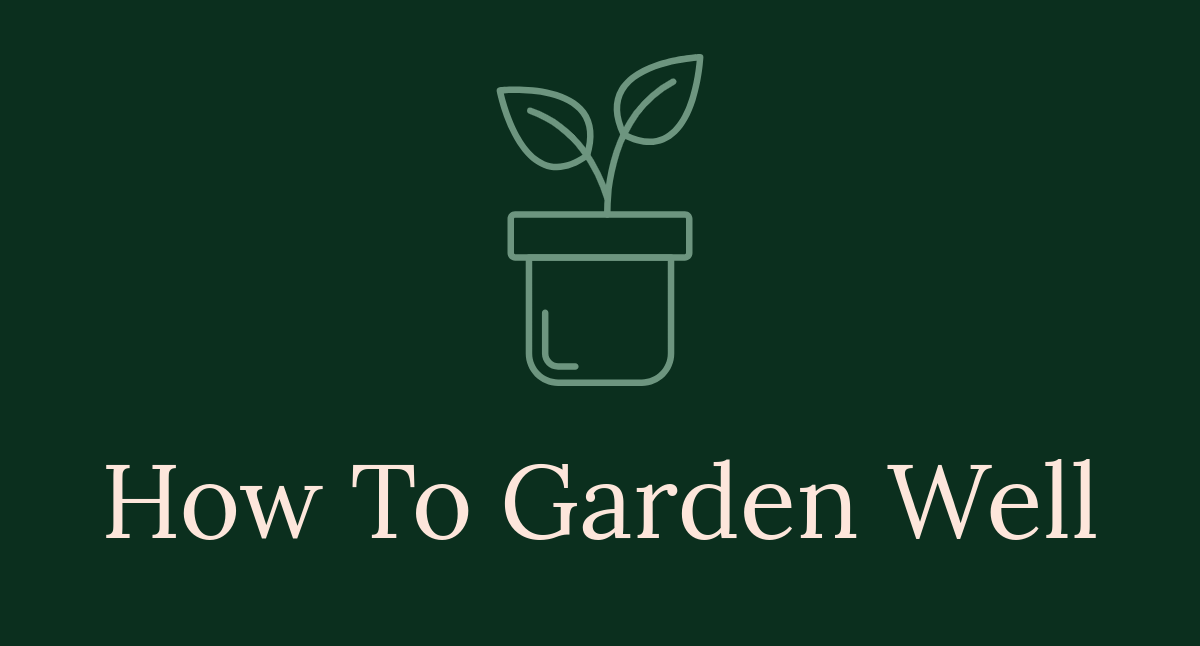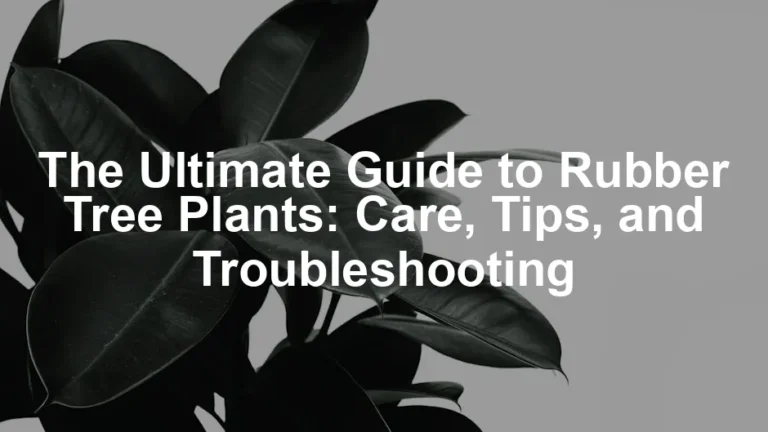

Perennial Plants in Georgia: A Comprehensive Guide for Gardeners
Introduction
Perennial plants are pivotal in Georgia gardens. They offer lasting beauty and require less maintenance than annuals. Georgia’s warm, humid climate and diverse soil types impact plant choices. This article aims to guide you through the best perennials for your Georgia garden.
Summary and Overview
Perennial plants are those that live for several years, returning each season. They provide numerous benefits, such as year-round color and habitat for local wildlife. Selecting the right perennials for Georgia’s unique climate and soil is crucial for a thriving garden.
Consider factors like humidity, sunlight, and soil type when planning. Native plants often fare better, needing less care and water. This guide will detail popular perennials, their ideal growing conditions, and tips for creating a vibrant garden in Georgia.
Choosing the Right Perennials for Georgia
Understanding Georgia’s Climate
Georgia features various climate zones, impacting plant selection. The state generally has a humid subtropical climate, with hot summers and mild winters. This means choosing heat-tolerant and humidity-resistant plants is essential for thriving gardens. Look for perennials that can withstand the summer heat and occasional cold snaps.
Some recommended perennials include Black-eyed Susans, Coneflowers, and Coreopsis. These plants not only survive but also flourish in Georgia’s diverse environments, bringing vibrant colors to your garden. By selecting the right plants, you can create a stunning landscape that stands the test of time.

If you’re looking to add some cheerful blooms to your garden, consider planting Black-eyed Susan Seeds. These beauties are not only stunning but also attract pollinators, making them a great addition to your garden.
Soil Considerations
Georgia’s soil types vary widely, from sandy to heavy clay. Understanding your soil’s characteristics is crucial. Testing your soil helps determine its pH and nutrient levels. This knowledge guides you in choosing suitable plants and making necessary amendments.
For optimal growth, consider adding compost or well-rotted manure to improve soil structure. If your soil is too acidic, lime can help raise the pH. These amendments enhance drainage and nutrient availability, ensuring your perennials thrive throughout the seasons.

Don’t forget to check out a Garden Soil Test Kit to analyze your soil. Knowing your soil’s pH and nutrient levels is like having a cheat sheet for your gardening success!
Popular Perennials for Georgia Gardens
Low-Maintenance Perennials
If you want vibrant blooms without the fuss, low-maintenance perennials are your best bet. Black-eyed Susan and Coreopsis are two excellent choices.
Black-eyed Susans shine with their cheerful, yellow petals and dark centers. They bloom from early summer to fall, thriving in full sun and well-drained soil. They require little care once established, making them perfect for busy gardeners.
Coreopsis, known for its bright yellow flowers, is another hardy option. This perennial flourishes in sunny spots and tolerates drought conditions. Both plants attract pollinators, adding life to your garden without demanding too much attention.

Consider adding Coreopsis Seeds to your planting list. They’re like little sunshine drops, perfect for adding cheer to any garden!
Native Perennials
Using native plants in your garden supports local ecosystems. Native perennials are adapted to Georgia’s climate and soil, making them easier to grow.
Echinacea (purple coneflower) is a popular choice, known for its vibrant blooms and ability to attract butterflies. It thrives in sunny locations and can tolerate drought.
Rudbeckia (black-eyed Susan) is another native favorite, providing bright yellow flowers that bloom throughout summer. These flowers are not just pretty; they also support local wildlife, offering food and shelter for bees and birds.
Incorporating native plants like these helps maintain biodiversity. They require less water and fewer chemicals, promoting a healthy garden. By choosing native perennials, you create a sustainable environment while enjoying beautiful blooms.
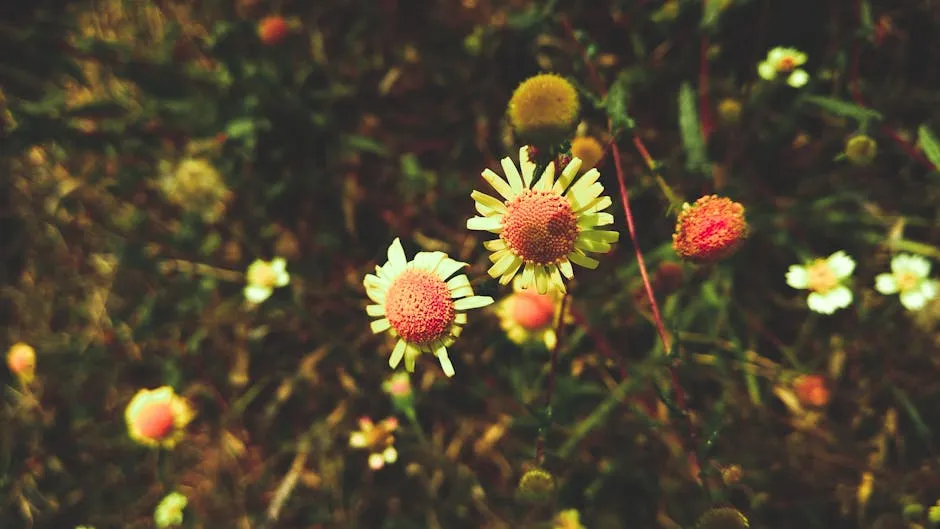
To give your garden a boost, try planting Echinacea Seeds. They’re not just great for your garden; they’re also a favorite among pollinators!
Colorful Blooms Throughout the Seasons
Choosing the right perennials adds year-round flair to your garden. Imagine walking outside to vibrant colors blooming in every season. It’s achievable with thoughtful planning.
In spring, consider Echinacea and Coreopsis. Echinacea, or purple coneflower, offers stunning petals and attracts pollinators. Coreopsis, with its sunny yellow flowers, thrives in full sun and blooms from early spring to summer.
Summer is perfect for Black-eyed Susans and Daylilies. Black-eyed Susans bring cheerful yellow hues, while Daylilies add a variety of colors. Both are hardy and require minimal care.
As fall approaches, Asters and Sedum shine. Asters provide beautiful purple blooms, attracting butterflies. Sedum, a succulent, adds texture and interest, especially in late summer.
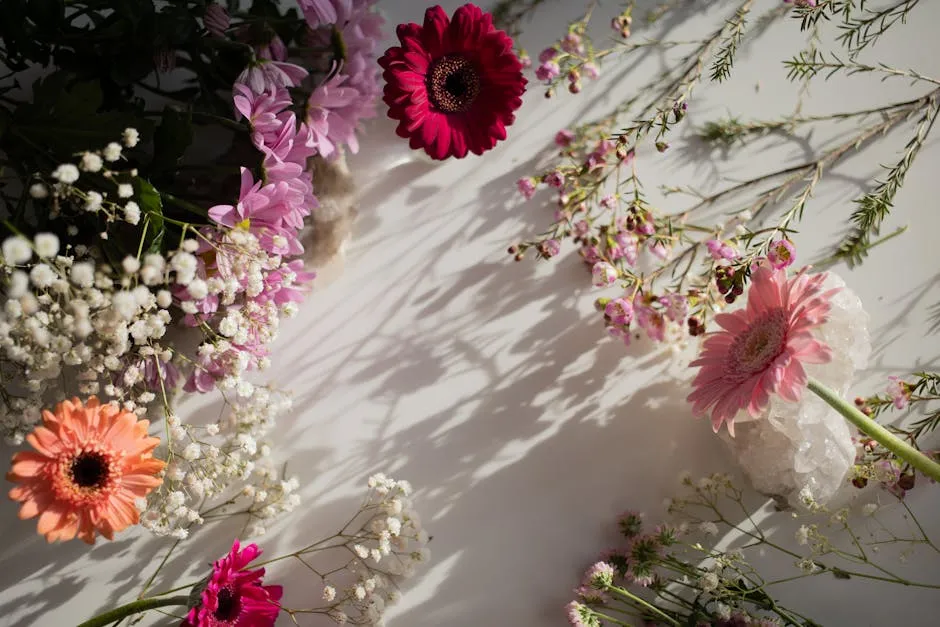
If you’re looking for a low-maintenance succulent, check out Sedum Succulent Plants. They’re perfect for adding a unique texture to your garden!
For a visually appealing layout, group plants by height. Place taller varieties in the back and shorter ones in front. This layering creates depth and visual interest. Mixing colors and textures also enhances the overall design. Consider adding pathways or decorative stones to guide the eye through your colorful garden. With careful selection and arrangement, your garden can be a stunning display throughout the year.
Planting and Maintenance Tips
When to plant perennials? Spring and fall are ideal times for planting in Georgia. Spring allows plants to establish before summer heat, while fall gives roots time to grow before winter.
Proper planting techniques matter. Dig holes wide enough for roots and space them appropriately. Generally, aim for at least 18 inches between plants to allow for growth.
Watering is crucial during the initial weeks. Make sure to keep the soil moist but not soggy. Applying mulch helps retain moisture and suppress weeds. Use organic mulch like pine straw or shredded bark for the best results. Regularly check your plants to ensure they receive adequate water, especially during dry spells. Following these practices will set your perennials up for a thriving garden.

Speaking of mulch, don’t forget to grab some Organic Mulch (Pine Straw) or Shredded Bark Mulch to help keep your plants happy!
Care and Maintenance Essentials
Caring for your perennial plants in Georgia is straightforward. Regular maintenance ensures vibrant blooms and healthy growth. Start with fertilization. Use a balanced fertilizer every spring to provide necessary nutrients. A soil test can help determine specific needs.
Pruning is essential for promoting new growth. Trim back dead or damaged stems in early spring. This practice encourages fuller plants and more flowers. Additionally, remove spent blooms to prevent seed formation and prolong flowering.
Pest control is crucial too. Keep an eye out for common pests like aphids and spider mites. Hand-picking or using Insecticidal Soap Spray can manage these issues effectively. Always check for signs of disease, such as wilting or discoloration. Promptly address any concerns to keep your garden healthy.
Prepare your plants for winter by mulching around their bases. This helps insulate roots against cold temperatures. Consider wrapping sensitive plants in burlap for extra protection. These simple steps ensure your perennials thrive season after season.
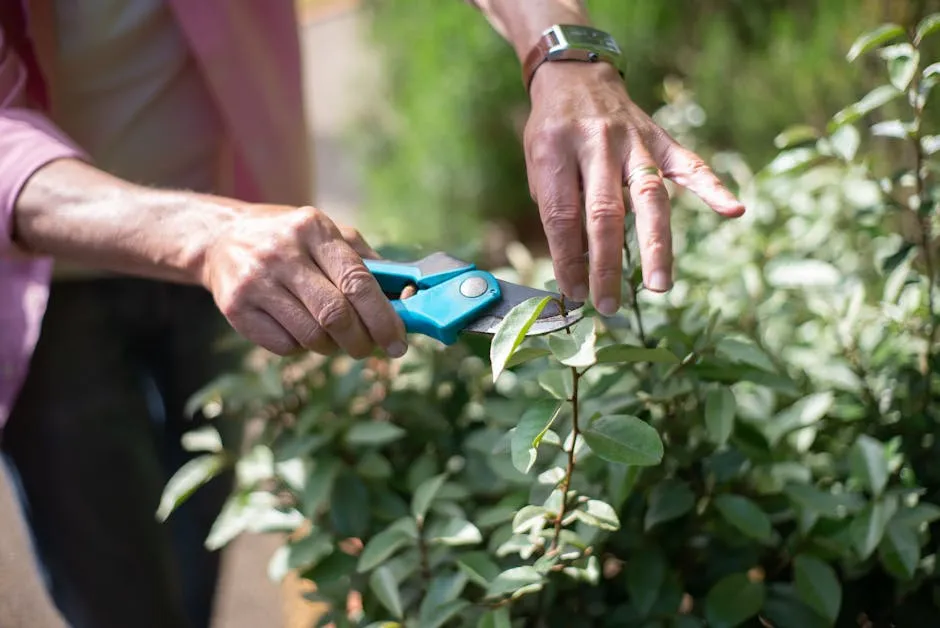
Common Pests and Diseases
Identifying and Managing Issues
Georgia’s warm climate attracts various pests that can become problematic. Aphids are small, sap-sucking insects that may cluster on new growth. Spider mites, on the other hand, produce fine webbing and cause yellowing leaves. Regularly inspect your plants to catch these pests early.
Diseases can also threaten your perennials. Fungal infections, like powdery mildew, thrive in humid conditions. Keep air circulation around your plants by spacing them properly. Additionally, avoid overhead watering to minimize moisture on leaves.
For pest management, consider integrated pest management (IPM) strategies. This approach combines cultural practices, biological controls, and chemical methods when necessary. Encourage beneficial insects, such as ladybugs, to help control pest populations naturally. By being proactive and vigilant, you can maintain a healthy, thriving perennial garden.

Conclusion
Selecting the right perennials for Georgia’s climate is vital for a successful garden. These plants enhance beauty and require less maintenance than annuals. Explore local nurseries for native and suitable perennial options. Don’t hesitate to reach out to gardening experts for tailored advice. Their insights can help you create a flourishing garden that brings joy for years to come.
FAQs
What are the best perennials for full sun in Georgia?
Full sun perennials Georgia love heat! Some top choices include Black-eyed Susans and Coneflowers. These plants thrive in sunny spots, making your garden vibrant.
How do I prepare my soil for planting perennials?
For healthy perennials, test your soil first. Add compost to improve drainage and nutrients. Adjust pH levels if necessary to create a perfect environment.
Can I plant perennials in the fall in Georgia?
Absolutely! Fall planting allows roots to establish before winter. This timing gives your plants a head start for spring growth and blooms.
What are some drought-tolerant perennials for Georgia?
Consider Butterfly Weed and Russian Sage. Both are hardy and thrive in dry conditions, requiring little water once established.
How do I care for perennials during the winter in Georgia?
Protect your perennials with mulch to insulate roots. Wrap delicate plants in burlap, and clean up any debris to prevent pests from overwintering.
Please let us know what you think about our content by leaving a comment down below!
Thank you for reading till here 🙂
For more insights on low-maintenance perennials, check out this article on Best low-maintenance perennials for busy gardeners.
Also, if you’re looking to keep your garden organized, consider using Plant Labels to help identify your plants. They’ll make your garden look even more professional!
And don’t forget about the importance of a good pair of Gardening Gloves to keep your hands protected while you dig in the soil!
All images from Pexels
